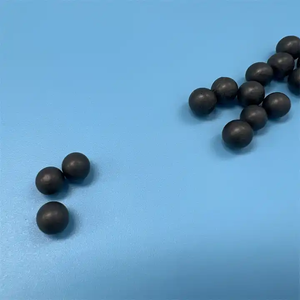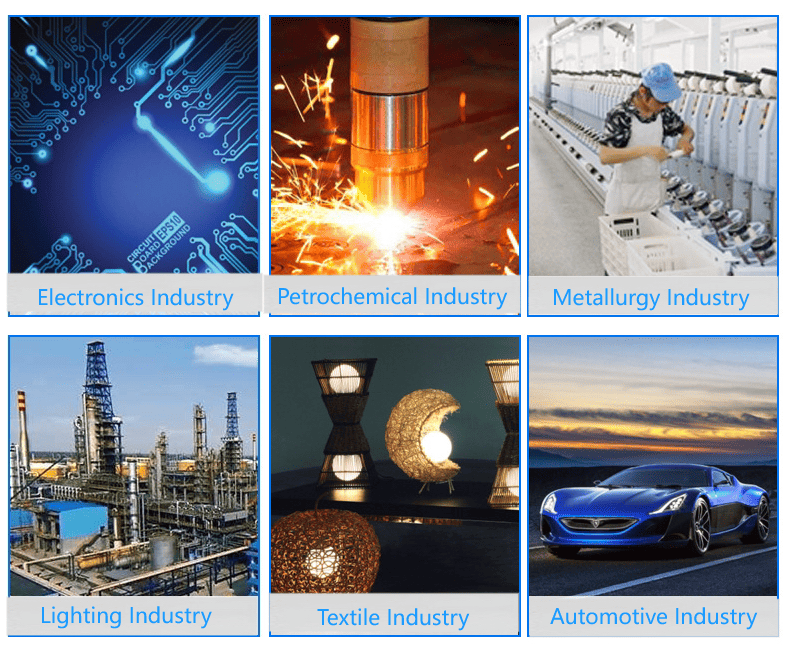Discover Premium Ceramic Products | Durability & Elegance United | Advanced Ceramics
PRODUCT PARAMETERS
Description
Overview of Extreme Thermal Shock Silicon Carbide Ceramic Components
Silicon Carbide (SiC) ceramics are renowned for their outstanding mechanical properties, including high hardness, strength at elevated temperatures, and excellent thermal shock resistance. These materials are pivotal in cutting-edge industrial applications, from abrasives to aerospace components, due to their unique combination of properties.
Features of Extreme Thermal Shock Silicon Carbide Ceramic Components
High Hardness: Exceptional wear resistance.
Thermal Shock Resistance: Can withstand rapid temperature changes.
Chemical Stability: Resistant to most chemicals.
High Thermal Conductivity: Efficient heat dissipation.
Low Density: Lightweight for its strength.
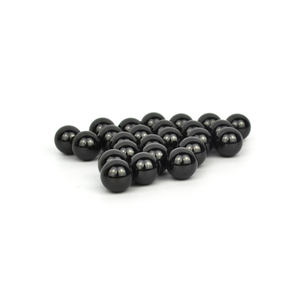
(Extreme Thermal Shock Silicon Carbide Ceramic Components)
Specification of Extreme Thermal Shock Silicon Carbide Ceramic Components
Extreme Thermal Shock Silicon Carbide Ceramic Components handle sudden, huge temperature swings. They resist cracking where other materials fail. This ability is crucial for tough industrial jobs.
These parts use special silicon carbide. It has a unique structure. This structure handles heat stress very well. The material moves heat fast. Fast heat spread stops hot spots. Hot spots cause cracks. Even heat distribution is key.
The strength stays high at extreme temperatures. Strength matters for reliability. Parts cannot break under load. Corrosion resistance is also high. Harsh chemicals and gases do not damage them. This ensures long life in demanding places.
Thermal shock testing proves their performance. Parts survive rapid heating to over 1500°C. Then they survive rapid cooling with water or air. Many cycles show no damage. This repeatability is vital for production.
These components suit many tough applications. They work well in heat exchangers needing quick temperature shifts. They excel in furnace parts like burner nozzles. They are good for kiln furniture supporting heavy loads. They function in chemical processing equipment. They serve in aerospace components facing intense heat.
The surface finish is smooth. Smooth surfaces resist buildup. Buildup can cause problems. Dimensional accuracy is tight. Precise parts fit correctly. Correct fit prevents leaks and failures. Custom shapes are possible. Shapes meet specific machine needs.
These ceramics offer a practical solution. They solve problems caused by thermal stress. They last longer than metals or other ceramics. This reduces downtime and cost. Performance is reliable under the hardest conditions.
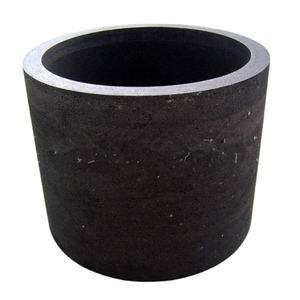
(Extreme Thermal Shock Silicon Carbide Ceramic Components)
Applications of Extreme Thermal Shock Silicon Carbide Ceramic Components
Silicon carbide ceramic parts handle extreme heat changes very well. This property is called thermal shock resistance. Many materials crack when temperatures shift fast. Silicon carbide stays strong. It does not break easily. This toughness matters in tough jobs.
These ceramic components work in demanding places. They are common in aerospace. Jet engines see sudden heat spikes during takeoff. Silicon carbide parts survive this stress. They are also in rocket nozzles. Spacecraft re-entry creates massive thermal shock. Silicon carbide endures it.
Industrial furnaces use these ceramics too. Rapid heating and cooling happen often. Silicon carbide liners last longer than other materials. They save money on replacements. Metal processing plants need reliable parts. Silicon carbide thermocouple tubes measure molten metal temperatures. They resist cracking from the intense heat.
Power generation benefits as well. Gas turbines run hotter for better efficiency. Silicon carbide components handle the thermal cycles. Solar power plants use concentrated sunlight. Receiver parts face sharp temperature swings daily. Silicon carbide handles this reliably.
The metallurgy industry relies on these ceramics. Components like burner nozzles contact hot metal directly. Sudden cooling happens during shutdowns. Silicon carbide survives. Its low thermal expansion helps. The material barely changes size when heated or cooled. This prevents internal stresses. Its high thermal conductivity spreads heat quickly. Hot spots don’t form easily.
Silicon carbide parts are also very hard. They resist wear and abrasion well. This hardness combines with thermal shock resistance. It makes them ideal for harsh environments. They are found in chemical plants. They handle corrosive fluids and temperature shifts. Mining equipment uses them where wear and heat are problems.
Company Introduction
Advanced Ceramics founded on October 17, 2014, is a high-tech enterprise committed to the research and development, production, processing, sales and technical services of ceramic relative materials and products.. Since its establishment in 2014, the company has been committed to providing customers with the best products and services, and has become a leader in the industry through continuous technological innovation and strict quality management.
Our products includes but not limited to Silicon carbide ceramic products, Boron Carbide Ceramic Products, Boron Nitride Ceramic Products, Silicon Carbide Ceramic Products, Silicon Nitride Ceramic Products, Zirconium Dioxide Ceramic Products, Quartz Products, etc. Please feel free to contact us.
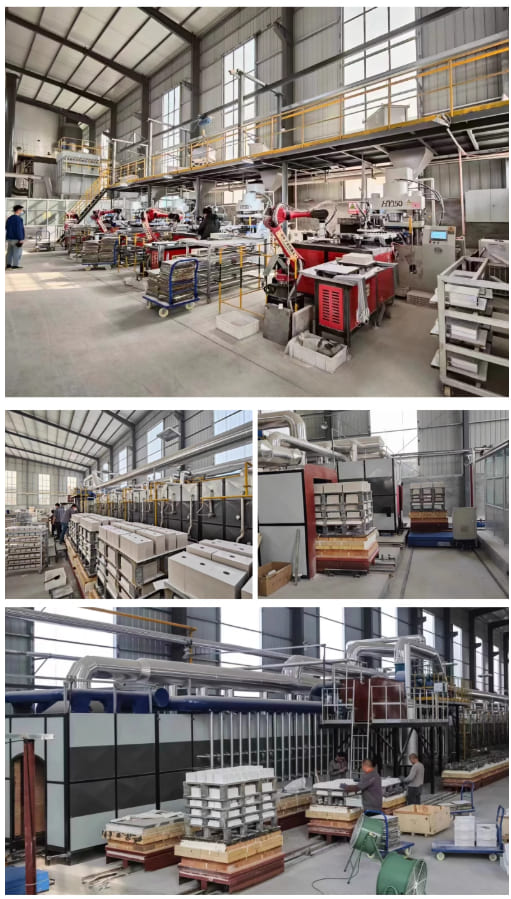
Payment Methods
T/T, Western Union, Paypal, Credit Card etc.
Shipment Methods
By air, by sea, by express, as customers request.
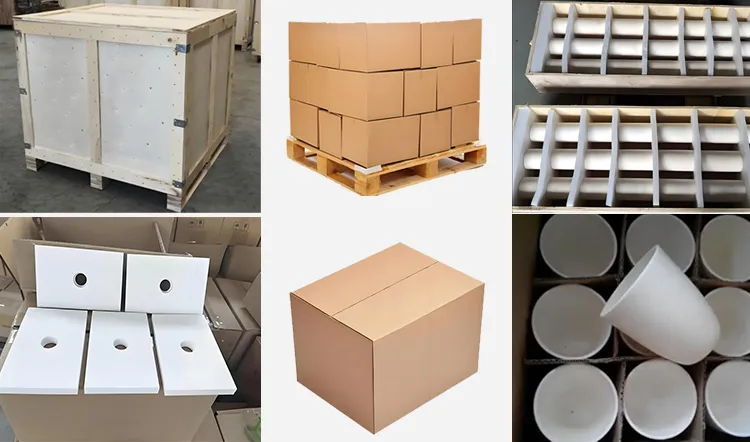
5 FAQs of Extreme Thermal Shock Silicon Carbide Ceramic Components
Here are 5 FAQs about Extreme Thermal Shock Silicon Carbide Ceramic Components:
What are Extreme Thermal Shock Silicon Carbide Ceramic Components?
These are special parts made from silicon carbide ceramic. They are built to handle very fast, big temperature changes without breaking. Think moving from extreme heat to cold water instantly.
Why pick silicon carbide for extreme thermal shock?
Silicon carbide has a low thermal expansion. It doesn’t grow or shrink much when temperatures change fast. It also moves heat very well. These two things together let it handle sudden heating or cooling that would destroy other materials.
How big of a temperature change can these parts handle?
They handle very big jumps. Exact numbers depend on the specific part design and grade. Many components reliably manage temperature swings over 1000°C (1800°F) in seconds. Some grades handle even more.
Where are these components typically used?
You find them where equipment faces brutal, fast heating and cooling cycles. Common places are high-performance engines, aerospace parts, special furnaces for making glass or metals, and some energy production systems. They are vital where regular materials fail quickly.
Are these components expensive?
Yes, silicon carbide ceramics cost more upfront than basic metals or standard ceramics. Making them is complex. But consider the total cost. Their extreme durability means they last much longer in harsh conditions. You replace them less often. This saves money over time. They also prevent costly equipment downtime.
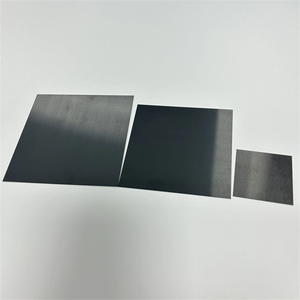
(Extreme Thermal Shock Silicon Carbide Ceramic Components)
REQUEST A QUOTE
RELATED PRODUCTS

Industrial Customized Black Sic Silicon Carbide Ceramic Plates

Refractory Silicon Carbide Ceramic for Porcelain Plant
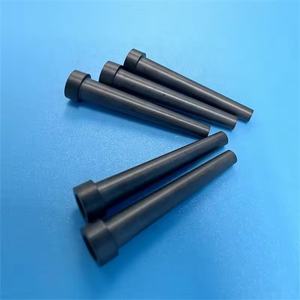
Excellent wear resistant silicon carbide ceramic strips and high hardness SIC square plate
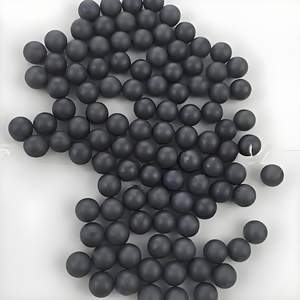
SiC Silicon Carbide Ceramic Tube, High Hardness and Excellent Performance
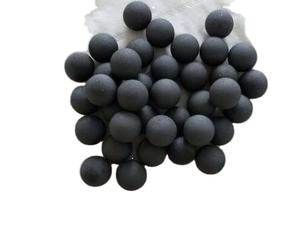
Customizable Silicon Carbide Ceramic Bushing Grinding Barre


